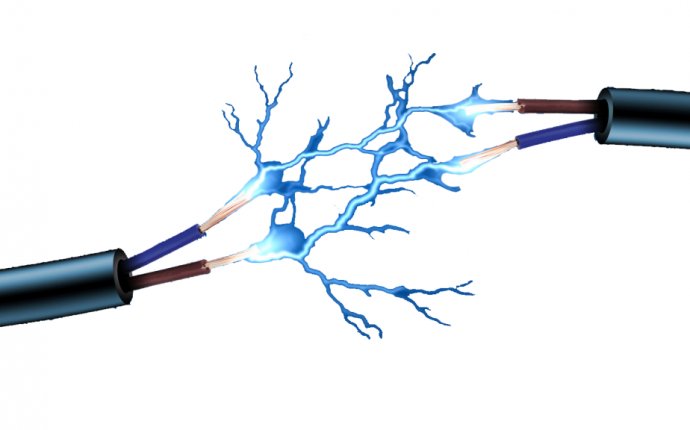
roof solar panels for your home
The biggest obstacle to the widespread adoption of solar power is the simple homeowner question: Will I see a return on my investment? In response, major cities across America have unveiled online “solar maps” that allow residents to type in their address and receive estimates of how much money they would save on their electric bill per year.
The most accurate solar map in the United States is one being used by residents of Cambridge, Massachusetts. According to the map’s creators, the MIT Sustainable Design Lab and the design workshop Modern Development Studio, their solar mapping tool can provide energy-saving estimates that fall within 4 to 10 percent of real-world measurements. “Looking at these other maps and all the assumptions that were made, I said, ‘I think we can do a lot better, ’” says MIT Associate Professor Christoph Reinhart, who led the underlying research.
MIT created a topographical map of the city based on nearly one million data points gathered by aerial flyovers using LiDAR (Light Detection and Ranging), which measures the distance to an object by bouncing a laser beam from it. This data not only allows the researchers to take into account roof shapes (flat, angled), but even the extent to which nearby trees and buildings block or reflect sunlight.
And then there’s the weather data. Solar panels generate energy not only from direct sunlight, but also from diffuse light across the sky. MIT dug into historical weather data to ascertain sky conditions (overcast, sunny) over Cambridge for every hour of a typical year. The researchers also plundered the weather data for hourly temperature changes. Higher temperatures increase the resistance levels of electric circuits, leading to a decrease in voltage output. “Scientifically, that’s probably the biggest overall correction factor, ” says Reinhart. “We see that in the summer, when we think they generate most, the solar cells actually have less efficiency for many roofs.”









